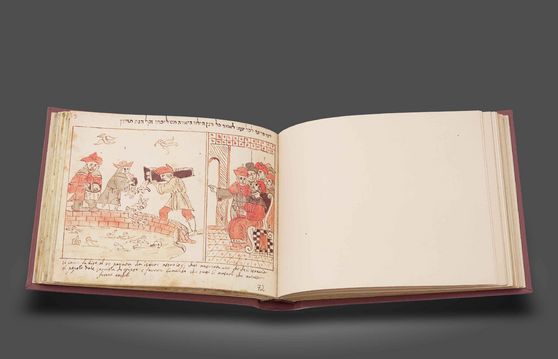Books in Unusual Forms
Most books of the Middle Ages were bound codices made of parchment or paper in the common rectangular format. The portrait-format book blocks could have very different sizes, but the format remained similar. However, since the exception determines the rule, we would like to present some extraordinary creations of book artists who chose other paths: from a unique heart-shaped hymnal and an extraordinary round book of hours to horizontal-format and framed book illumination and precious leporello manuscripts.
Once owned by the Rothschild family and unique in its form: a heart-shaped hymnal with 44 songs for Bishop Montchenu, a romantic at the French royal court
Savoy (France) — Ca. 1460
Experience more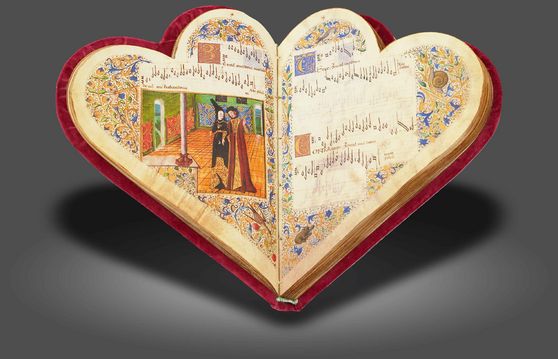
A truly unique specimen of medieval book art: an almost perfectly round book of hours with three ornate clasps and enchanting miniatures within the smallest space
Bruges (Belgium) — End of the 15th century
Experience more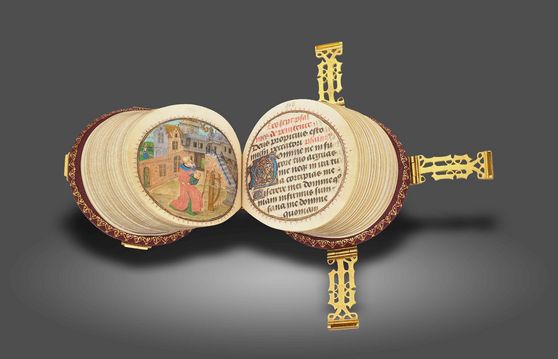
A unique piece of art history created for Duke Philip the Good: the unique combination of private devotional book and handy as well as decorative travel diptych for the powerful Duke of Burgundy
France — 1430–1450
Experience more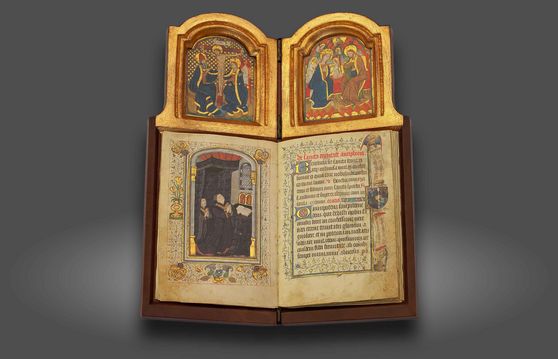
Impressive liturgical hymns in a fascinatingly illuminated leporello: a unique testimony to the artistic traditions of ancient Ethiopian Christianity
Gondar region (Ethiopia) — 15th century
Experience more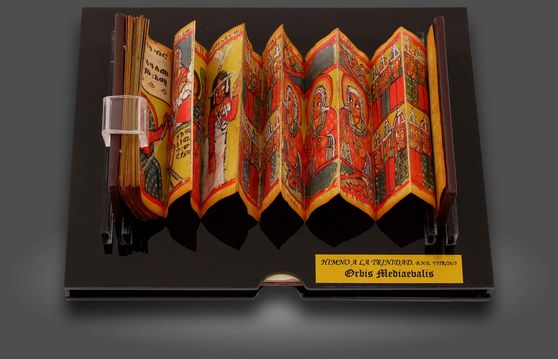
Painted and folded sheets with a total length of almost 11 meters: a richly illuminated testimony to the seemingly strange world of ancient Mexico before the arrival of the Conquistadores
Written possibly in the zone of Puebla-Tlaxcala-Cholula (Mexico) — 15th century
Experience more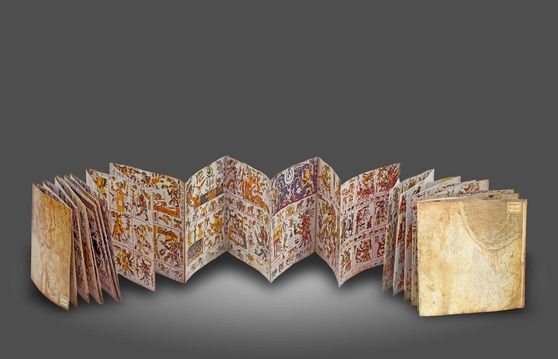
Created in the Hague at the court of Count Albrecht of Bavaria-Holland: a magnificently illuminated picture Bible with images from the New and Old Testaments in an unusual landscape format
The Hague (Netherlands) — Ca. 1395–1405
Experience more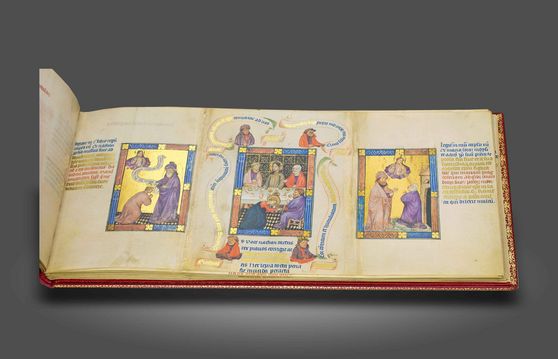
A magnificent manuscript in a rare, panoramic landscape format: the history of the Crusades told in impressive miniatures for Duke Philip the Good
Burgundy (France) — ca. 1450
Experience more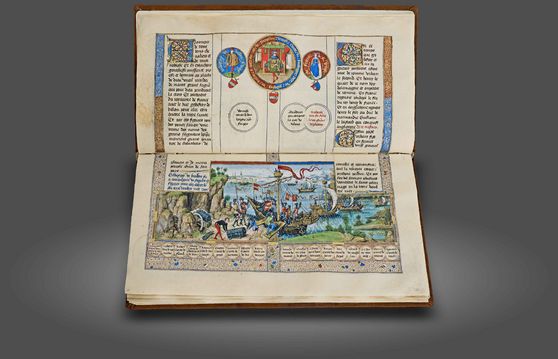
Musical notations and calligraphy in gold and silver for the wife of Emperor Maximilian: one of only seven surviving manuscripts from the Middle Ages executed entirely on black parchment
Flanders — Ca. 1470
Experience more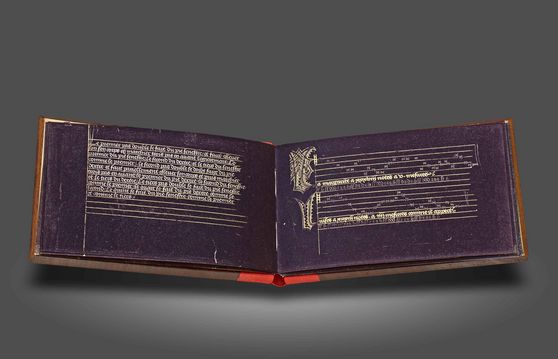
Probably the most unusual work of the renowned Simon Benings: The Vita Christi in 64 masterful miniatures with mysterious origins, set in a picturesque gilded wooden frame set
Bruges (Belgium) — 1523–1526
Experience more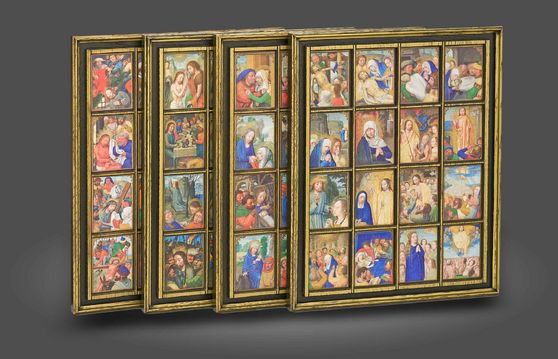
A masterpiece full of images associated with the great names of the fine arts: Dante Alighieri, Sandro Botticelli, and Lorenzo di Pierfrancesco de' Medici.
Florence (Italy) — 1480–1490
Experience more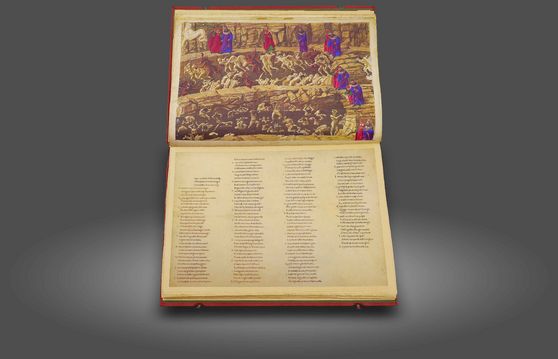
A cross between an architectural sketchbook and a travelogue: the notes of one of Italy's greatest architects, rediscovered in 1959
France and Italy — 1599–1600
Experience more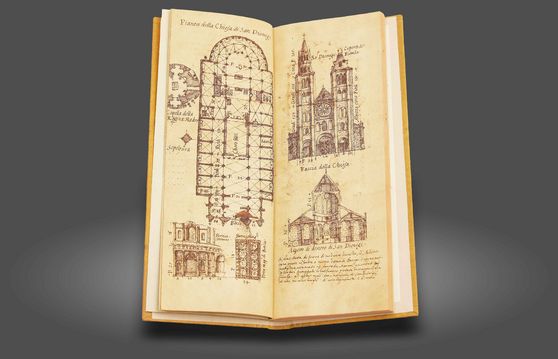
All of Rome on its feet, depicted in marvelous panoramas over 14 meters in total length: the powerful pictorial testimony of the magnificent Corpus Christi procession of Pope Gregory XVI in 1837
Rome (Italy) — 1837
Experience more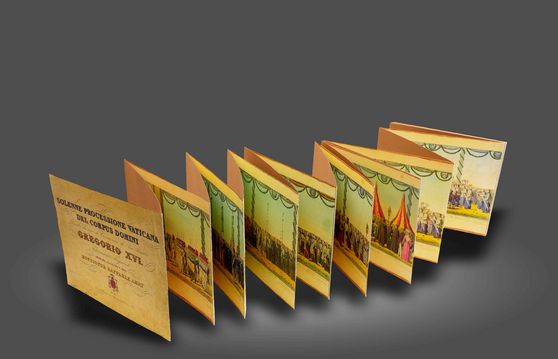
The art of a genius painter presented in a unique way: the book art of Simon Bening in a wooden frame as an altar for the Queen of Spain
Ghent or Bruges (Belgium) — 16th century
Experience more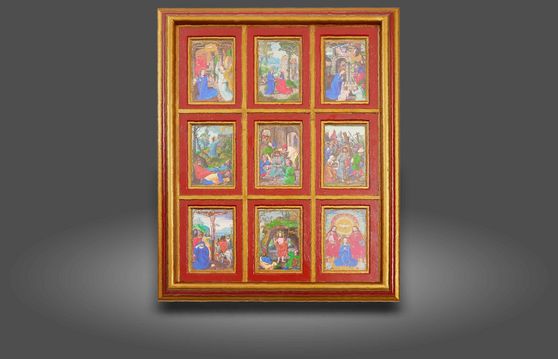
A Jewish illustrated Bible despite the ban on images thanks to the exemption granted by the "Council of Ten" in Venice: Moses dal Castellazzo's impressive woodcuts in an illuminated pictorial chronicle of the Old Testament
Venice (Italy) — 16th century
Experience more